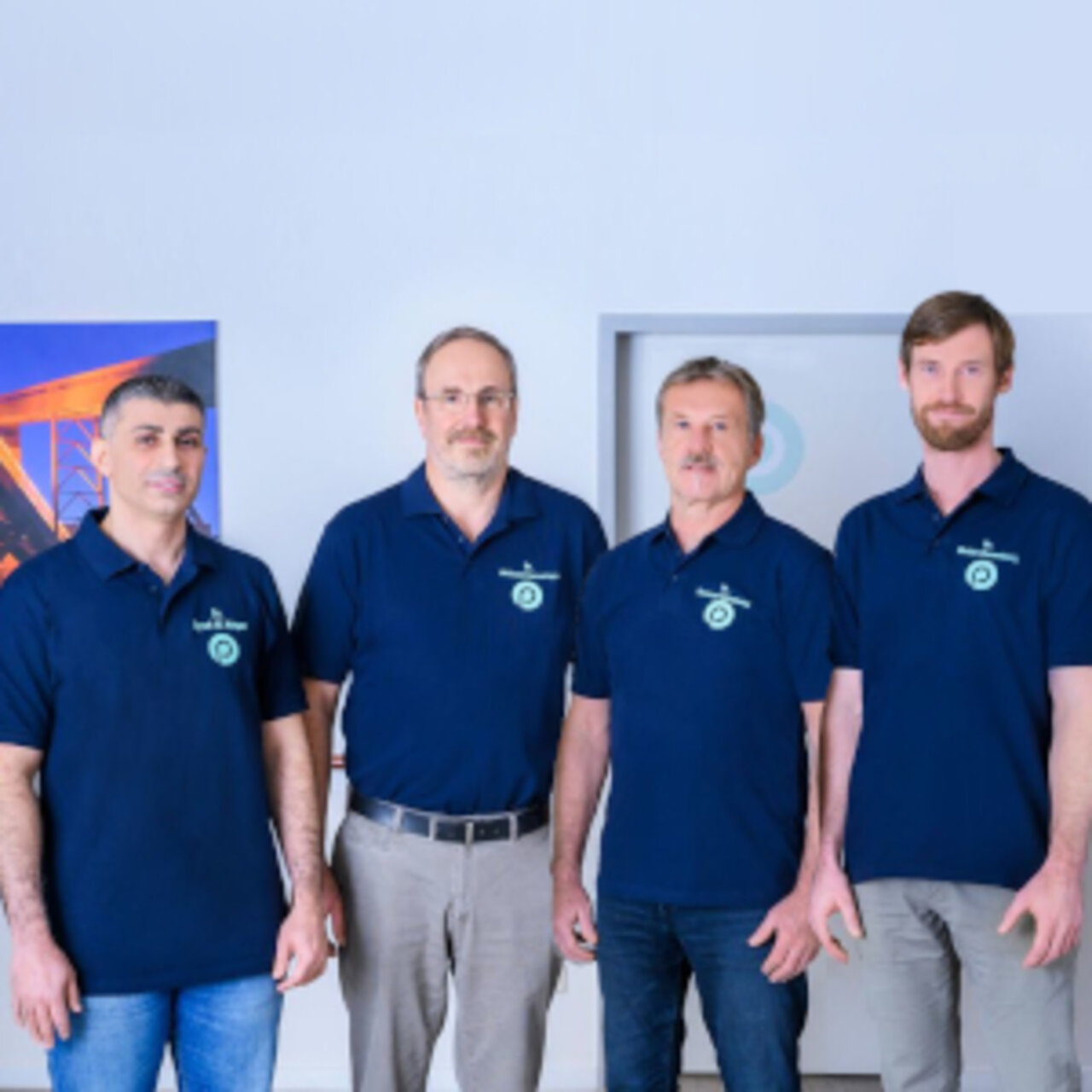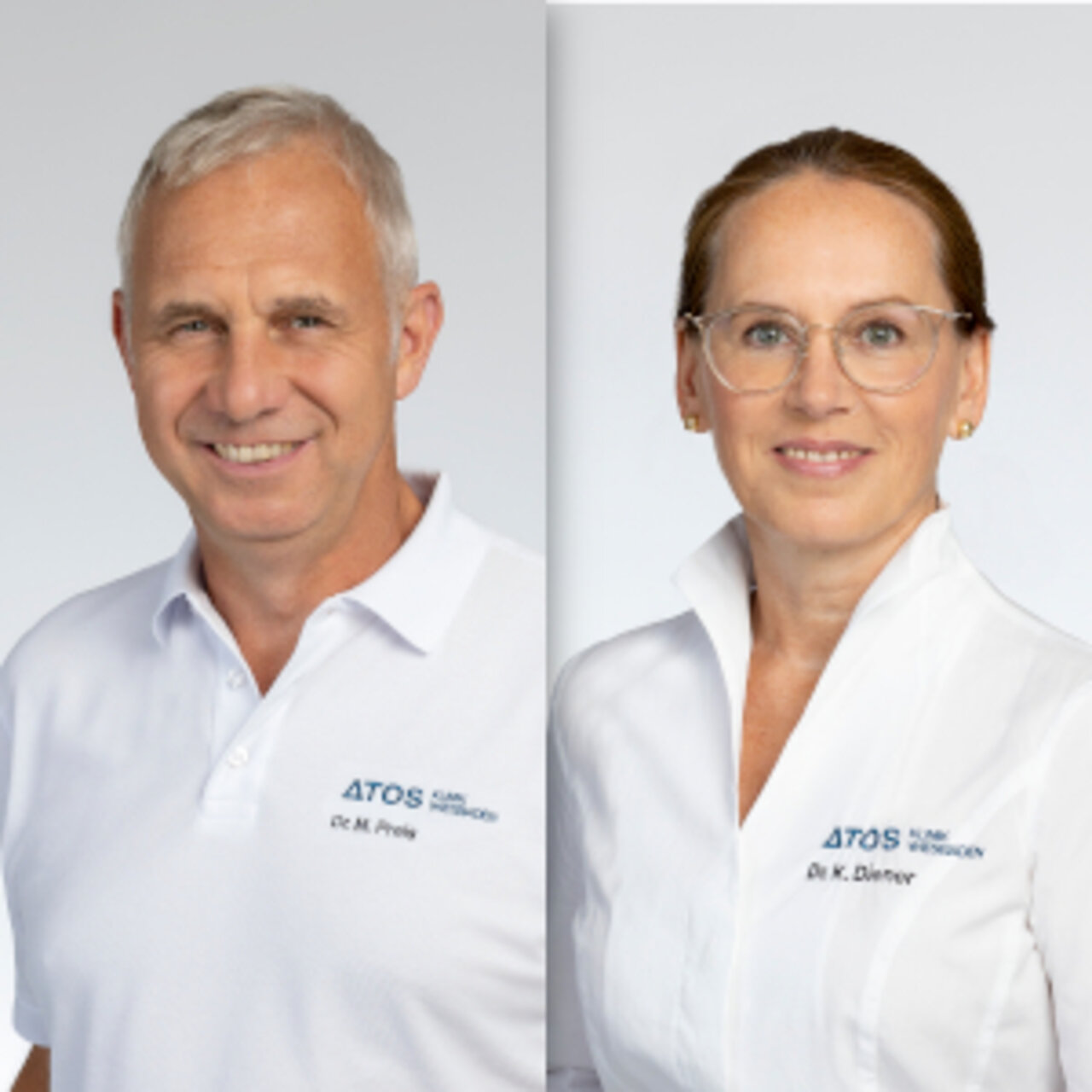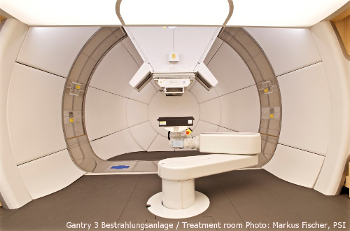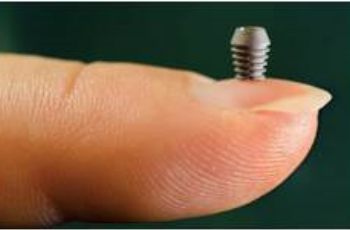Specialists in Arthroscopy
22 Specialists found
Information About the Field of Arthroscopy
What is Arthroscopy?
An arthroscopy is an endoscopy of the joint. A camera can be inserted into the joint to be examined through a small incision, allowing the orthopedic surgeon to gain an exact overview of the joint's condition quickly. The arthroscopy method is very similar to other minimally invasive examinations and surgery variants in medicine (e.g., laparoscopy).
Arthroscopy can either be carried out for diagnostic purposes only, but also as part of minimally invasive joint surgery. It is always essential to make a precise assessment of the necessity of carrying out an arthroscopy. If an MRI examination is sufficient for diagnosis, an additional arthroscopy is not necessary.
When is Arthroscopy Carried Out?
A purely diagnostic arthroscopy is only rarely carried out nowadays. Non-invasive diagnostics by MRI is another option. Since arthroscopy also offers the possibility of surgery, it has an advantage compared to MRI.
Reasons for a therapeutic arthroscopy are diseases or damage to ligaments, cartilage damage, meniscus injuries, and removal of loose joint bodies. The joint surfaces can be checked for flatness after a bone fracture in the joint area and its correction. A knee arthroscopy for knee arthrosis has no therapeutic effect, as the Institute for Quality and Efficiency in Health Care found out by comparing studies.
Joints Eligible for Arthroscopy
An arthroscopy can be carried out in all major joints. The following joints are most frequently examined or operated on by arthroscopy:
- Arthroscopy of the hip
- Knee arthroscopy
- Ankle joint arthroscopy
- Arthroscopy of the shoulder
- Wrist arthroscopy
Which Joint Diseases Can be Treated by Arthroscopy?
Due to the maximum sparing of the surgery area, rapid recovery, and early load and functionality of the joint, minimally invasive joint surgeries are used whenever possible. Due to the improvement of endoscopes and the surgeons' many years of experience, more and more joint surgeries can be carried out in a minimally invasive way. Today, the following diseases and injuries are generally operated on with the help of arthroscopy.
Arthroscopy of the knee joint: removal of loose joint bodies, cartilage damage, meniscus rupture, cruciate ligament
Arthroscopy of the hip: impingement surgery, removal of loose joint bodies, ligament injuries rupture
Arthroscopy of the shoulder: acromion widening, shoulder mobilization, bursitis, calcification removal, biceps tendon reconstruction, shoulder stabilization, rotator cuff reconstruction, impingement syndrome
Arthroscopy of the ankle joint: removal of loose joint bodies, joint mobilization, scar removal, cartilage damage
What is the Procedure for an Arthroscopy?
An arthroscopy or arthroscopic surgery is carried out according to the following procedure. After disinfecting the skin area above the joint, a few millimeters large incision is made in the area of the joint. The doctor inserts a small metal tube into this incision. It will later serve to guide the endoscope.
Since the layers in the joint lie close together, the orthopedist must expand it initially, which is usually done by placing liquid (sodium chloride or Ringer's solution) into the joint.
The specialist can now examine all structures in the joint (ligaments, cartilage, meniscus, joint capsule, etc.) in detail. To do this, he can either look directly through the optics or follow the procedure on a screen.
Usually, small special instruments are inserted into the joint through a second small incision. With their help, the strength of the ligament or the cartilage surface can be checked. Minimally invasive joint surgeries are also possible. After successful surgery, instruments and cameras are removed, and the small wounds are closed.
Which Anesthetic Procedures Are Used in Arthroscopy?
Arthroscopy is usually carried out under local anesthesia. In arthroscopic surgery, the patient is generally treated under general or spinal anesthesia. The choice of the form of anesthesia depends not only on the planned procedure. The constitution and wishes of the patient also play a role in the selection. Since general anesthesia always involves additional risk, patients with previous illnesses are carefully examined to determine whether the risk of anesthesia is too high. If possible, spinal cord anesthesia is used.
What Are the Advantages of Arthroscopy?
Every surgical intervention, including arthroscopic examination, has its risks. However, due to the minimal incisions, these are significantly less than with an open incision. Therefore, infection or inflammation of the joint rarely occurs. The recovery time after arthroscopy is also considerably shorter, as the tissue and surrounding structures are spared to a maximum extent. The joint can bear weight again after a short time. The small incisions also offer a cosmetically, more attractive surgical result.
What Side Effects and Risks Can Occur During an Arthroscopy?
Due to the small incisions, the general risk of infection is very low. If drainage was also placed after the joint surgery, the risk of infection increases minimally. A further risk after arthroscopy is thrombosis and pulmonary embolism.
Which Doctors and Clinics Are Specialized in Arthroscopy?
Anyone who needs an arthroscopy wants the best medical care. Therefore, the patient is wondering where to have an arthroscopy carried out? Arthroscopy and arthroscopic joint surgeries are now standard surgeries in orthopedics. But, the more arthroscopic surgeries a doctor carries out, the more experienced he becomes in his specialty.
Arthroscopy specialists are orthopedic surgeons who have specialized in joint surgeries using arthroscopy. Thanks to their experience and many years of working as orthopedic surgeons focusing on joint surgery, they are the right professionals to contact for carrying out an arthroscopy. Many orthopedic surgeons today specialize in the treatment of specific joints. We have knee specialists, shoulder specialists, and foot specialists in Germany, Austria, and Switzerland.
Author :
PRIMO MEDICO Editorial Office | Created on 11 April 2016 | Last updated 27 February 2020
Sources:
Winker, Karl-Heinrich (2011): Facharzt Orthopädie Unfallchirurgie. Munich: Urban & Fischer.
Grifka, Joachim (2011): Orthopädie und Unfallchirurgie. Für Praxis, Klinik und Facharztprüfung; mit 155 Tabellen. Berlin [u.a.]: Springer.
Medical Articles
Your benefits
If you have found a matching specialist, you can contact him/her directly and upload records if needed. And in case you need treatment, you can…
We will direct your request to the appropriate specialists
We are happy to assist you in choosing a specialist for your needs. The service of PRIMO MEDICO is always free, confidential and discreet for…
The treatment of scoliosis in transition - When is surgery necessary?
Scoliosis is a lateral deviation of the spine. This usually involves torsion of the individual trunk sections as well as a change in the side…
Specialists' Second Opition
Many people suffer from shoulder pain or hip problems. In this case, doctors quickly recommend surgical intervention. But is this really always…
High-tech against cancer: new treatment facility put into operation
At the Paul Scherrer Institute in Switzerland a new state-of-the art treatment facility, the so-called Gantry 3, has been put into operation.
Implants: "The Longer, the Better" Has Had Its Days
Ultra-short implants have a significantly better durability than expected by experts - with lower costs, treatment times, and complications.
Modern Prostheses for Natural Walking
The ankle joint is particularly susceptible to degeneration such as osteoarthritis. It has to bear the greatest weight of all joints in the body.

























![[Translate to English:] Zweitmeinung von Spezialisten [Translate to English:] Zweitmeinung von Spezialisten](/fileadmin/user_upload/Zweitmeinung-von-Spezialisten_350px.jpeg)


